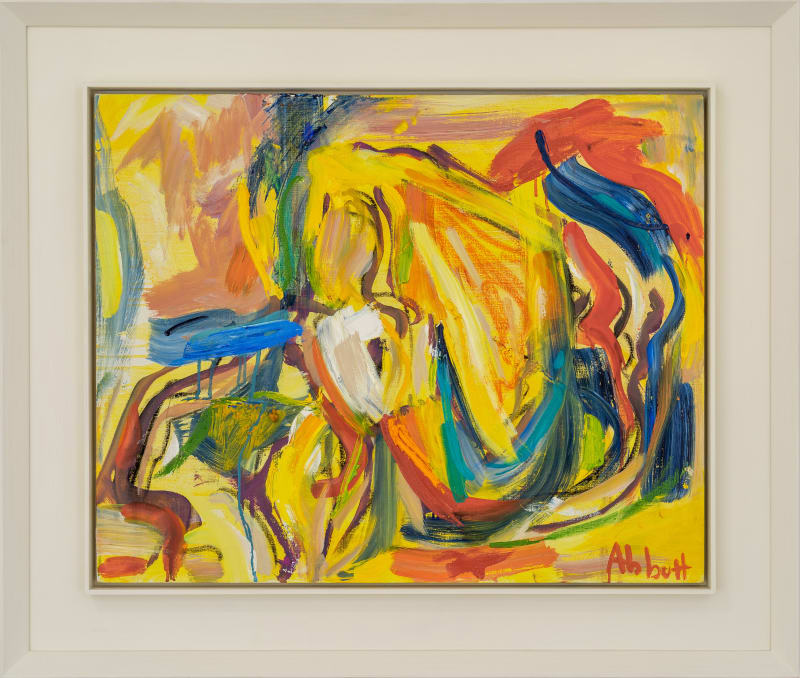Along with her contemporaries Jackson Pollock and Willem de Kooning, Mary Abbott (1921 - 2019) helped develop Abstract Expressionism in the 1940s and ’50s. She employed vibrant colors and sweeping, energetic brushstrokes to create emotional abstractions, though she also made gestural figurative canvases that spanned landscapes, floral arrangements, and portraits. Thematically, Abbott drew on mythology, religion, and—above all else—nature. Many of her paintings captured the lush colors and light variations of her Southampton garden and of Saint Croix and Haiti, where she often traveled. Rather than document the physical reality of a place, Abbott tried to convey her emotional response to her surroundings. She was an active member of the New York School, mentored by Mark Rothko, Barnett Newman, and de Kooning. Her work has been exhibited at the Museum of Modern Art, the Denver Art Museum, and the Palm Springs Art Museum, among other institutions, and belongs in the collections of the Smithsonian and the Southampton College of Art.

